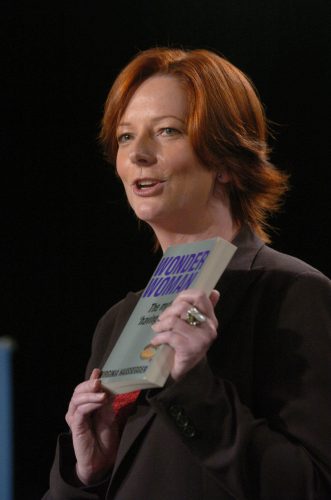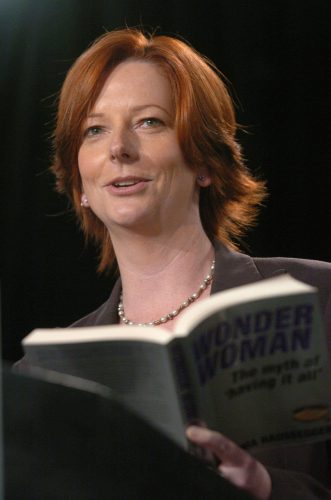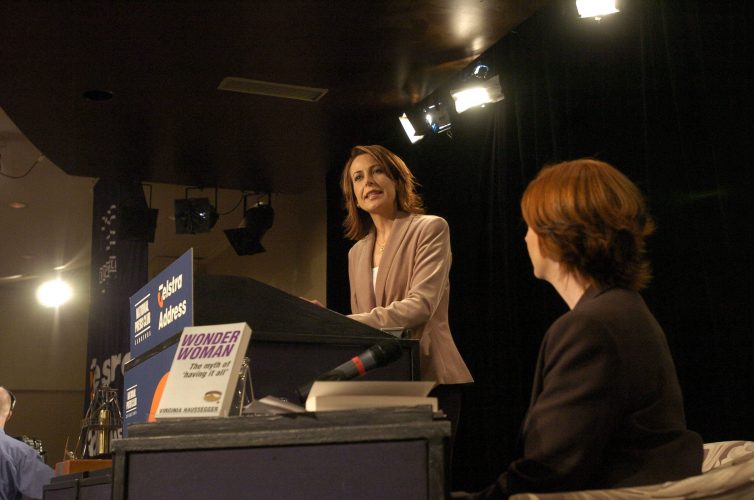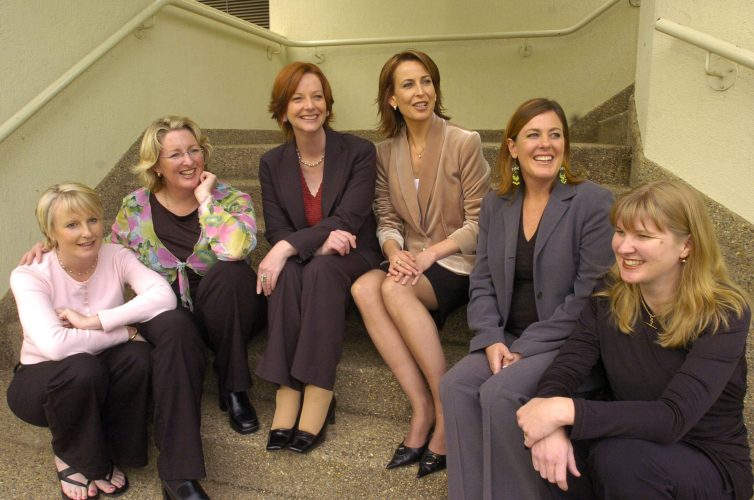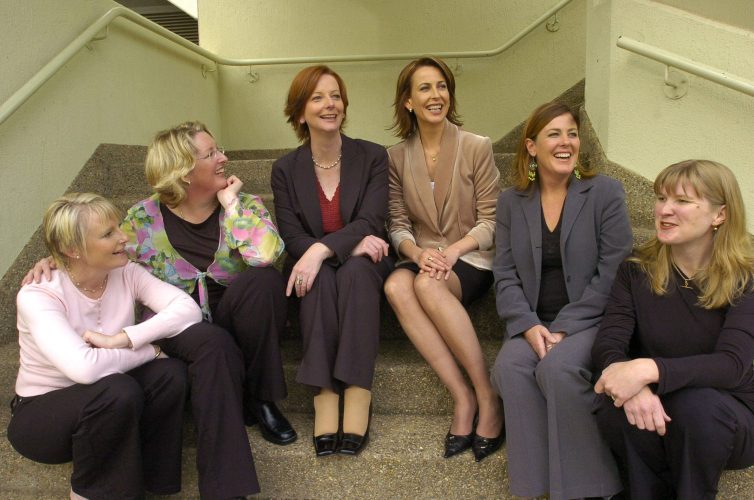The fact that some well positioned people hate going to work has always been an abstract concept to me.
I’ve never understood it. Why someone would slavishly spend most of their day in a place that gives them no pleasure at all strikes me as an idiotic kind of self-flagellation. Why do it?
And why do some Commonwealth public servants in Canberra look so dull? You see them daily, that band of dullards, dressed in yesteryear’s ill- fitting synthetics, pouring in and out of bland and lifeless buildings.
With no apparent interest in style or presentation, we could be called the national capital for mass mediocrity. And I say ”we”, as I too am a Commonwealth public servant and just as guilty of joining the dowdy brigade as I trudge into my very ordinary office block.
And that’s the point. Ordinary surrounds beget an ordinary response.
Over the past few months I’ve had the extraordinary privilege of wandering through numerous public buildings, private houses, government offices and corporate workplaces in and around the Canberra region.
As the only non-architect on the Royal Australian Institute of Architecture’s jury to choose the 2008 Architecture Awards, I’ve seen a side of the office ”workplace” that – until now – I had failed to grasp.
And it’s ugly. It’s airless, boxlike and dull: a shameful celebration of penny pinching priorities over human nature and emotional needs.
Tonight the RAIA Awards will be announced at a glittering ceremony at the Hotel Realm, and I suspect just about all of Canberra’s most stylish set will be in that one room full of architects and designers.
These are people who care deeply about aesthetic and how the human spirit interacts with form and function.
As we traipsed through the various buildings nominated for this year’s awards, I expected my fellow jurors to pour over drawing plans, count measurements and kick a few walls – that sort of thing. There was a bit of that, but mostly they just gazed.
In large workplaces I noticed some of them cocked an ear and seemed to be listening for the hum of human activity. I often caught them sniffing the air.
As a group we were drawn to patches of sunlight, and on a few occasions stood in awe of the magnificent views afforded by Canberra’s beautiful mountain ranges. The most eminent among our small group, Richard Johnson – recipient of architecture’s highest honour, the Gold Medal – spent a lot of time poking his head around offices and staring at the workers. After a while he got me doing it too. ”Look at their faces,” he’d say. ”Are they happy?”
Sadly, mostly the answer was no. There were of course some winning exceptions.
But the shock of just how utterly uninspiring and downright dull most of the workplaces we visited were, has left me with a new understanding of why we’re fast becoming a city of mediocrity en-mass. And a sympathy for those people who hate going to work. Clearly the physical environment is sapping the life out of them.
Bland colouring, boring symmetry, toxic air, windows that don’t open, overhead panels that blast blue/ white light, impersonal and claustrophobic ”break out” rooms with no windows, ugly kitchens that send baked bean odours across a whole floor, and tight work stations that coral workers like cattle – these are the standard.
The lack of personality in some of these buildings, the dearth of natural light and the alarming absence of cheer or joy in the design and fit-outs amounted to little more than a soulless box built for workers.
Where is the humanity in this?
The Commonwealth Government is the largest employer in Canberra. Consequently Government departments collectively are the biggest client for architects, builders and designers here.
Therefore the Commonwealth really should be showing architectural leadership.
But it’s not. Instead it seems to have lowered the bar.
I suppose it’s okay to squeeze sardines into a miserable, dark tin. But at least the sardines are dead.
If I was to sit all day in the kind of bland, airless, over-lit worker’s station like the ones I’ve witnessed, I’m sure the life, energy and enthusiasm would drip out of me.
Until now, I’ve always thought Canberra was a place of proud public buildings and strong civic pride.
To my mind, the downside was the city’s residential architecture – bog ugly – and the soulless suburbs.
But now, thanks to private commissions from people who really understand and value the input of good architectural design, our residential scene is becoming a whole lot more interesting.
It’s the public building sector that is now letting this city down.
The once proud Canberra tradition of creating handsome and significant public buildings, and inspired public spaces, died off about a generation ago.
My favourite Australian building is Old Parliament House.
The new Parliament House, the High Court and the National Gallery all come a close second.
But since these last three were built, a couple of decades ago, there have been no new public buildings in Canberra worth celebrating. It’s as if the Government has closed the door on inspired public architecture.
Thankfully, the private sector has not given up on our city’s built environment in the same way the Commonwealth appears to have done. There are indeed some delightful developments big and small popping up around Canberra.
Tonight’s RAIA awards will celebrate those who’ve had the courage to take a few risks.
The results are buildings, homes and workplaces that enrich and enliven the spirit and inspire an emotional response.
If you don’t believe me, just visit some of these places and check out people’s faces. You’ll be met with a cheery joy.
